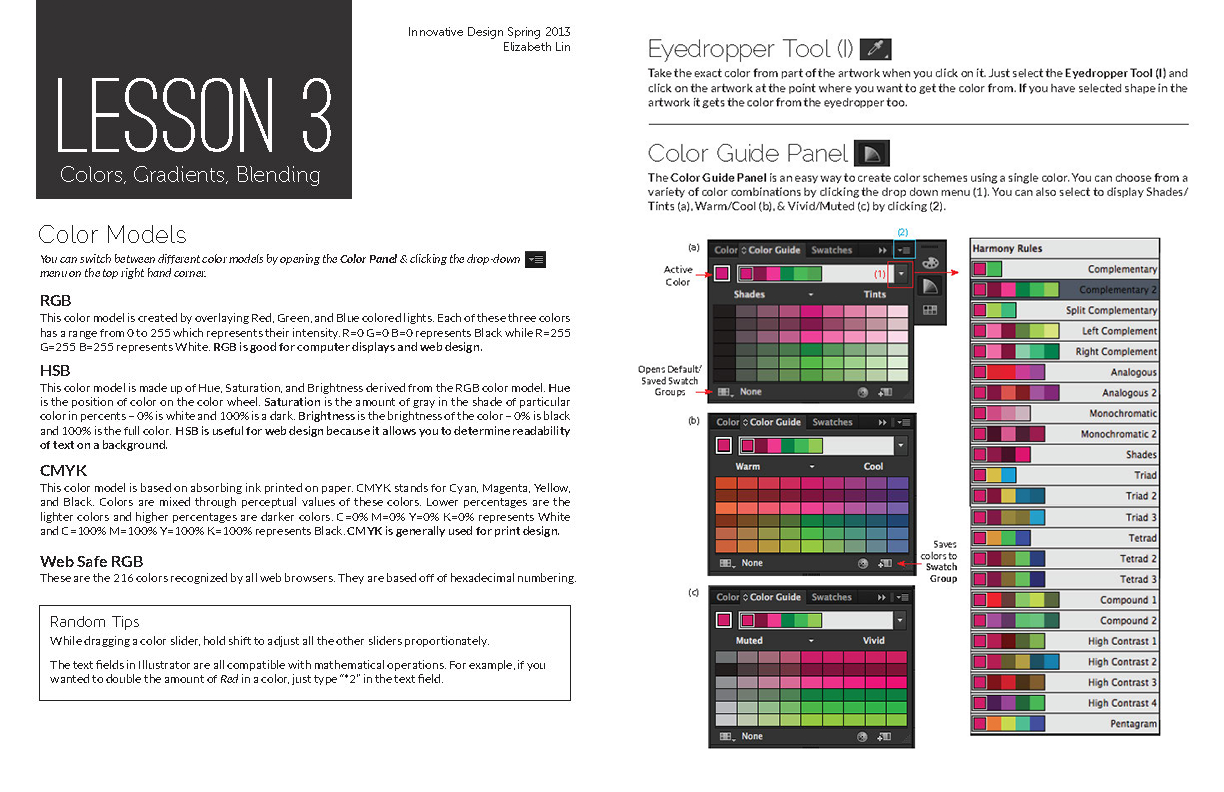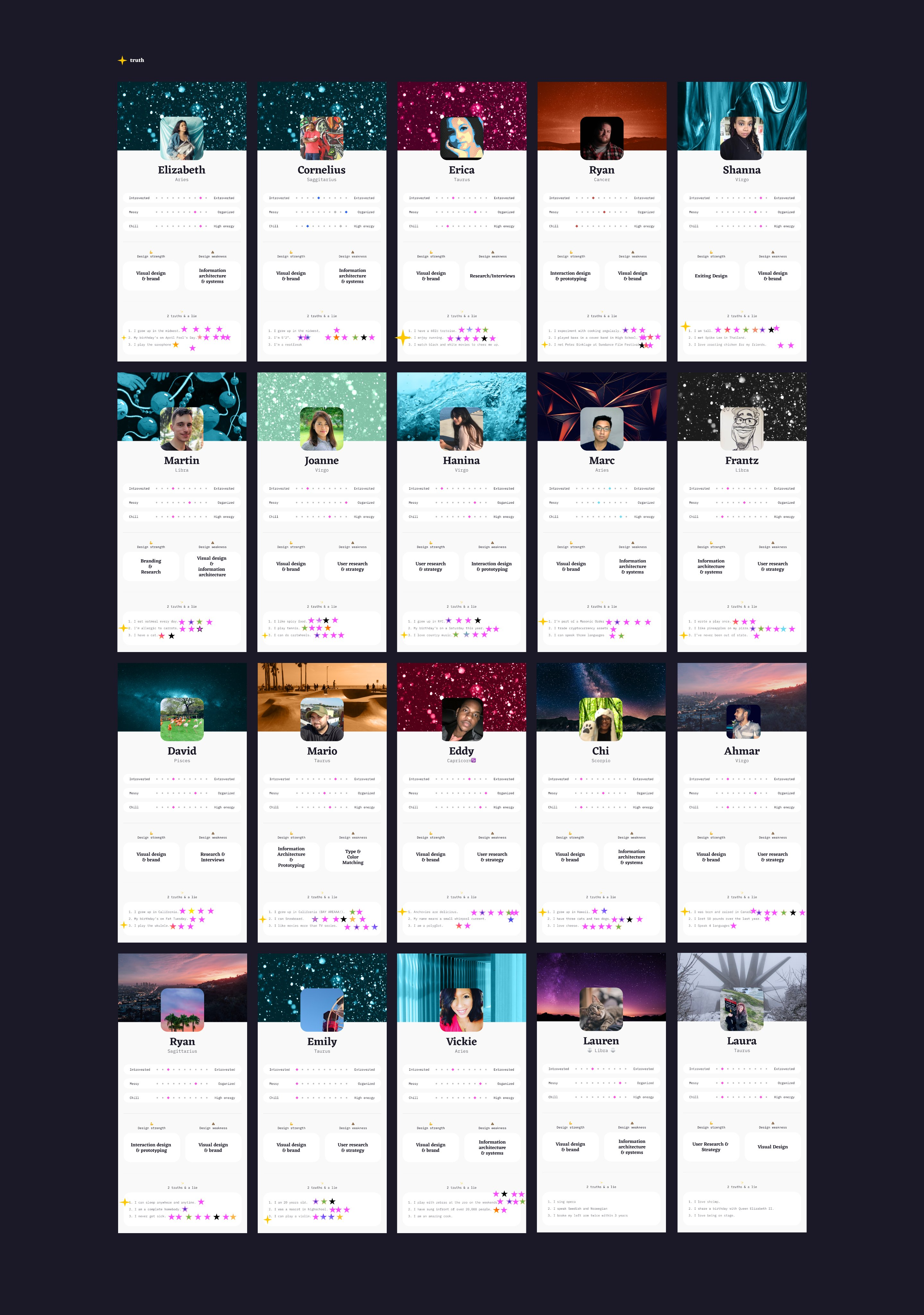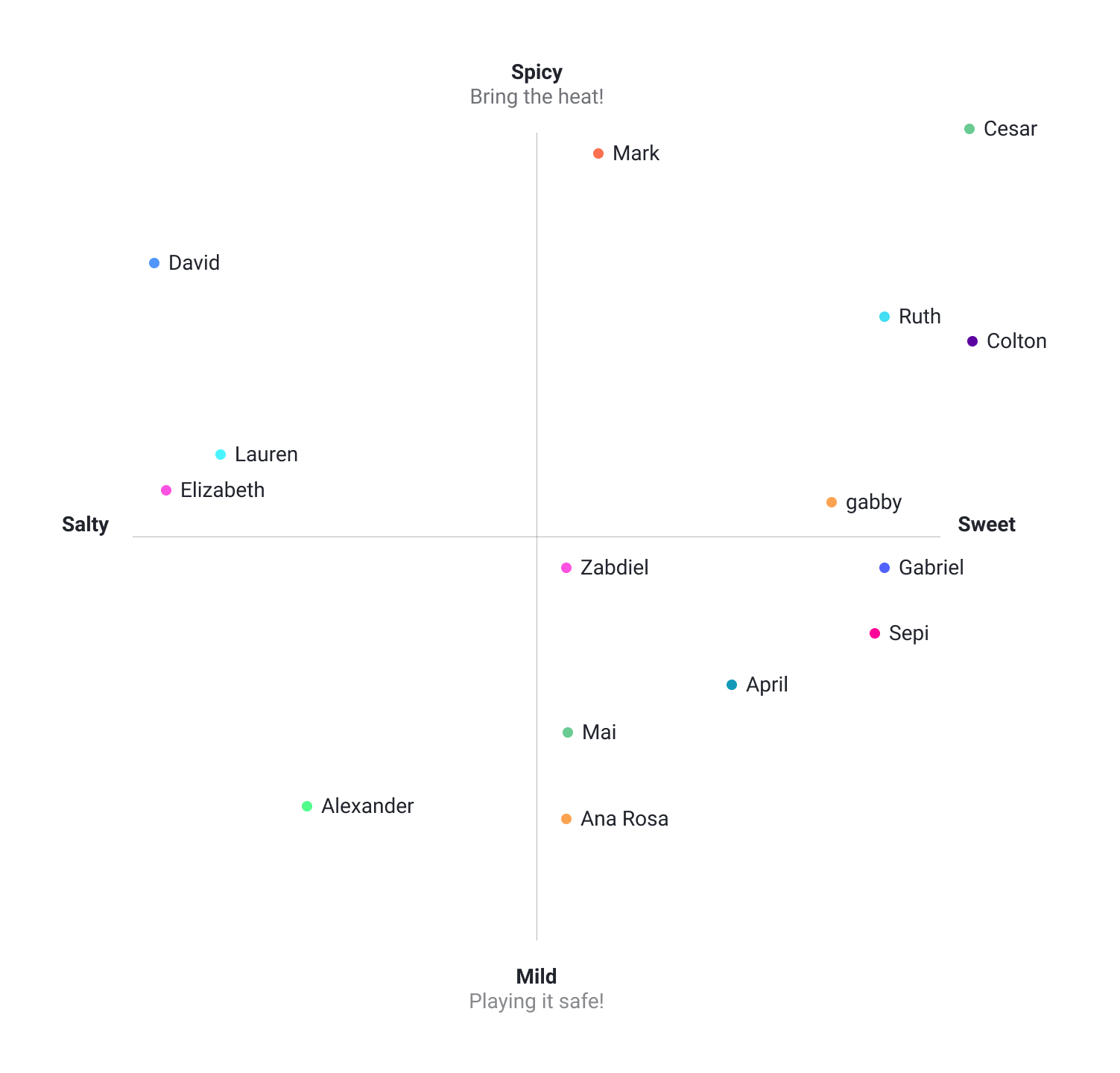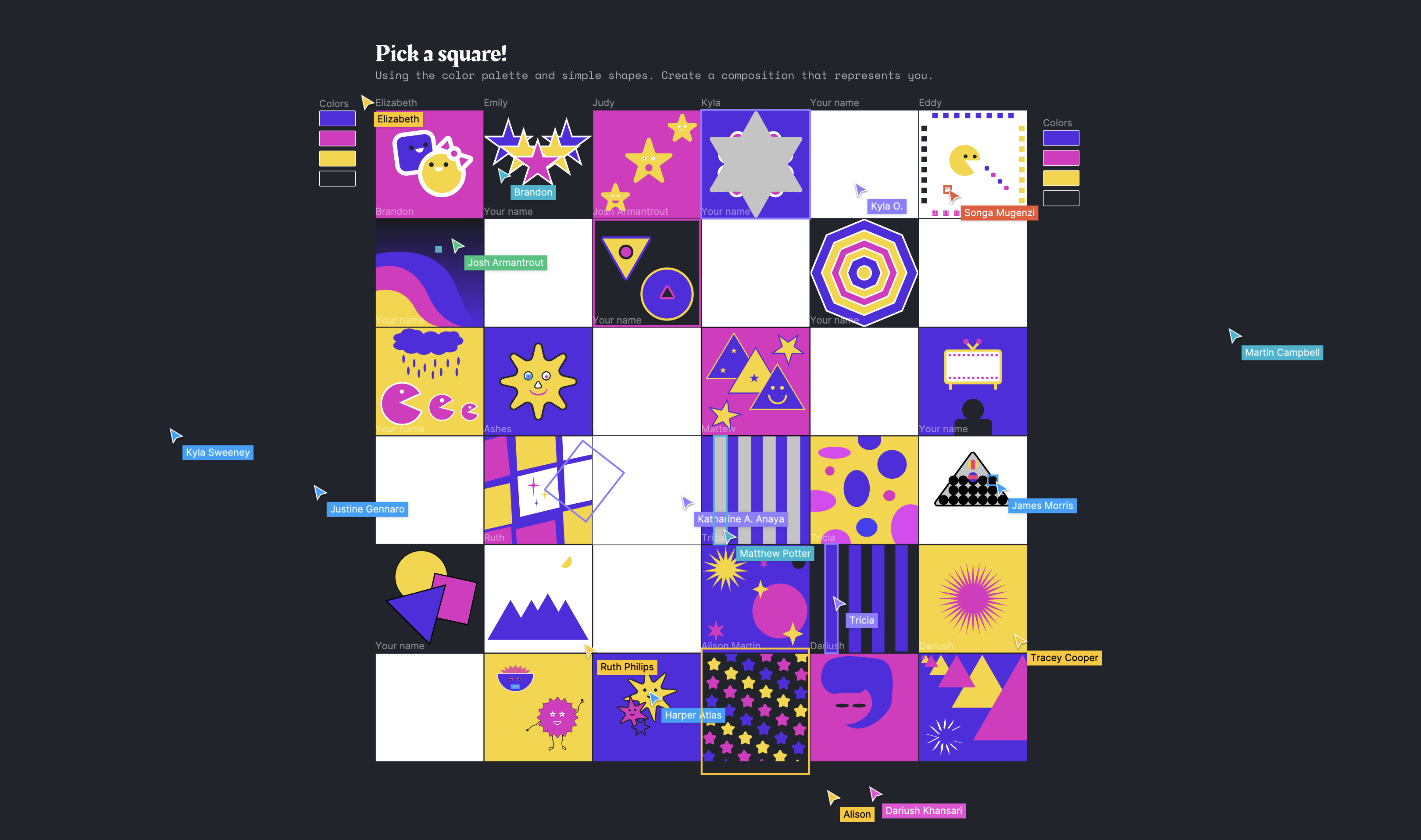The first time I taught, I was fixated on becoming "the expert 🧐." I studied and prepared for hours before each lesson in an attempt to have all the answers. I read the Illustrator CS5 bible from front to back. (It was ~800 pages and dry 🥵.) I wrote detailed lesson plans that tried to predict and troubleshoot every question a student might have during class. These are some of my original lesson plans:


My attention to detail paid off because my students learned the content, but something was missing. At the end of the semester, a student mentioned to me: "I didn't really get to know anyone in the class for the entire 10 weeks." In my attempt to "be the expert," I had forgotten the most crucial part of every learning experience, creating a learning community 💕.
"When everyone in the classroom, teacher and students, recognizes that they are responsible for creating a learning community together, learning is at its most meaningful and useful." - bell hooks, teaching critical thinking
Now, creating a community is my first priority. Without forming meaningful connections, it's impossible to facilitate discussion, engagement, and participation. My goal is to break down any existing hierarchical boundaries between the teacher and the student. Understanding each student individually helps me become a better mentor for them too.
I currently teach design at Lambda School. Lambda School is fully remote, so creating a learning community requires intention. Physical classrooms allow for casual conversations and interactions before, between, and after lessons. In remote settings, I've found that it's important to have routines that build community. Culture develops from all the little things that happen every day ✨. Here are some of the little things that I do...
🤔 Questions of the day
Every day, we post a question of the day in the design student Slack channel. We try to change it up daily:
- What's your favorite dessert 🍰? (I have the staff answer this too as a secret way to know exactly what to order them for their birthdays)
- What Hogwarts house would you get sorted into? (I always keep an eye on the Slytherins 🐍)
- If you could choose two liquids to magically conjure up whenever you want, what would they be? (I think I picked rosé and water 🚰)
- Which french fry is the best? (The only correct answer is curly fries 😋)
This is something I brought from my time at Khan Academy! With 80 students, I can't have a 1-1 conversation with them every day, so this an easy way for us to get to know each other better.
🌊 Introductions
I typically work with a new cohort of students every two months! With every new group, I start with a profile page activity for us to get to know each other better. I share a profile page component in Figma and have each student customize their own. (It's also secretly a way for me to assess Figma proficiency 🤫)
- Are you more extroverted or introverted?
- Are you more messy or organized?
- Are you chill or high energy?
- What are your design strengths and weaknesses?
- Tell us two truths and a lie.
I have every student introduce themselves with their two truths and a lie. While a student is presenting, we use stars ⭐️ to vote on which statement we think is a lie.

🍦 Ice breakers
I usually hate ice breakers because they feel so cliché 🤮, but I think they're a great way to get to know each other in a structured way. When students trickle into Zoom, we start with a quick question or activity! I created a ✨ series of Figma templates ✨ that you can remix with different themes and questions. The key to good ice breakers is to change up the format every time.

This ice breaker is inspired by Figma's community quilt from Config. I created a color palette for the group and had them draw an illustration that represented themselves!

��♀️ The rest of the little things
Finally, it really comes down to all the little things, the things you don't think about.
- ✅ Check in! Ask everyone how they're feeling and doing.
- 🤖 Don't sound like a robot. Use human language! I always teach like I would speak irl.
- 🙃 Emoji choice matters. 😊:blush: > 🙂:simple-smile:. I've also found that using emojis to highlight ✨important text ✨in Slack is more effective than using just bold. It also adds a bit of fun to every message.
- ⏰ Be accessible. I try to have a quick response time on Slack for all my students. Outside of time, accessibility also means approachability.
- 🍦 Remember the little things. Remember what your students are interested in outside of the day-to-day material. What do they do in their free time? What does their day to day look like outside of school?
🤔 How do you all build community in your classrooms?
- How might we make remote classrooms feel more personal?
- What are the little things you do every day that build community?
Join the discussion and share your thoughts in this Figma file!